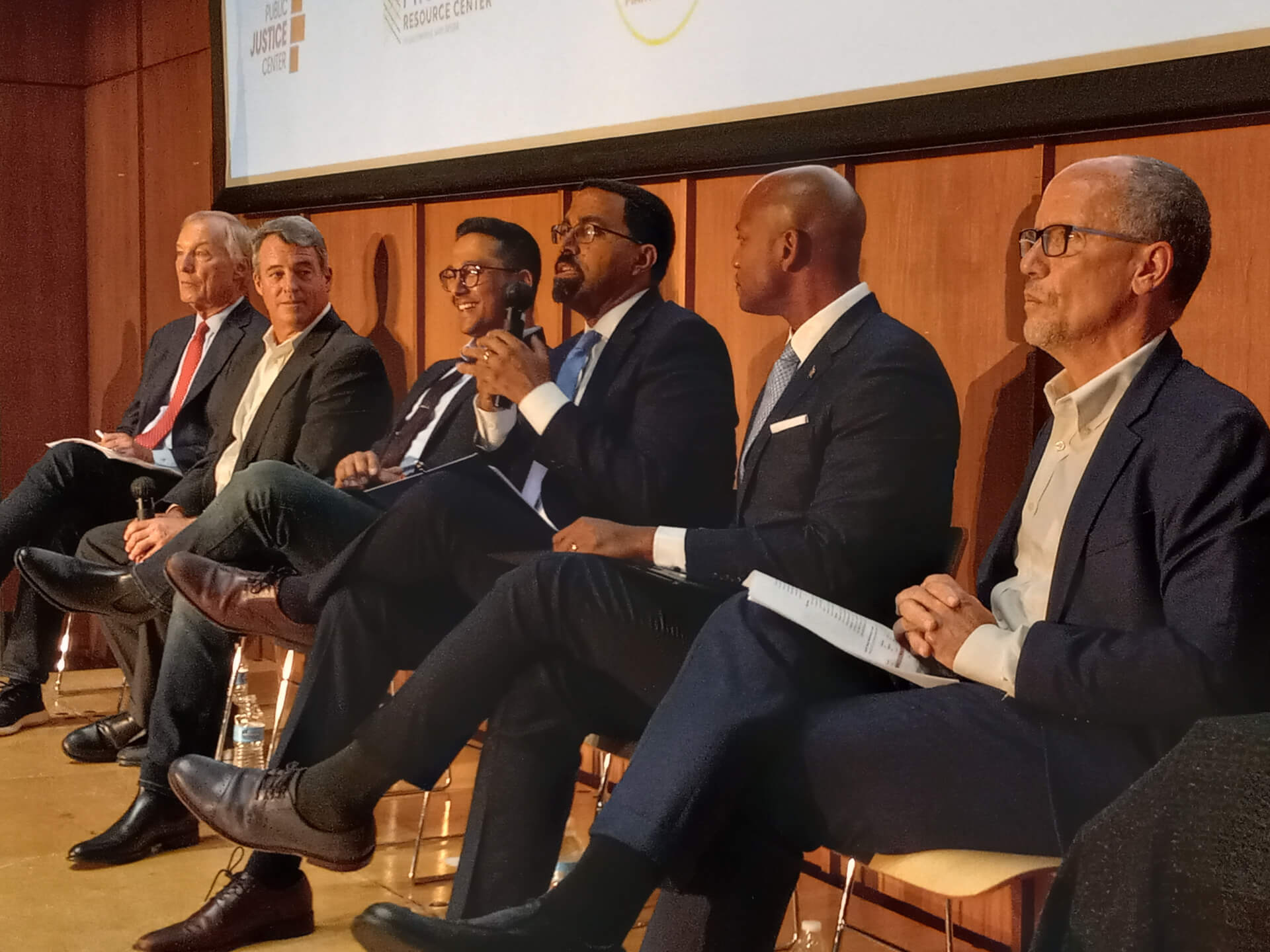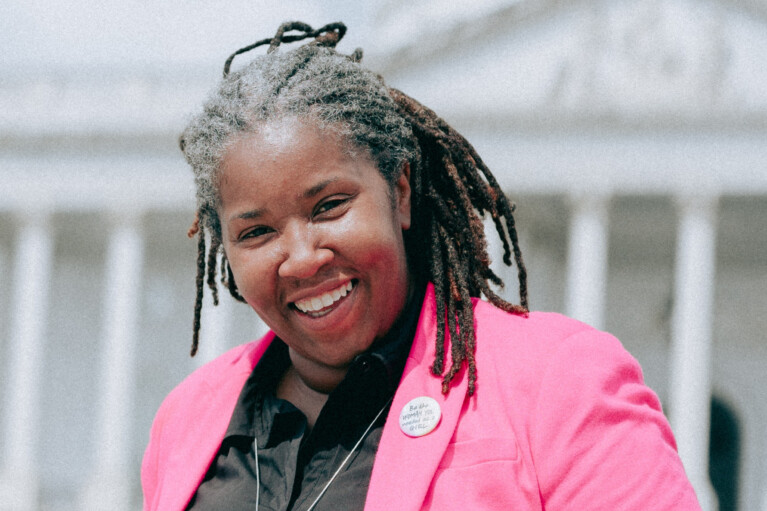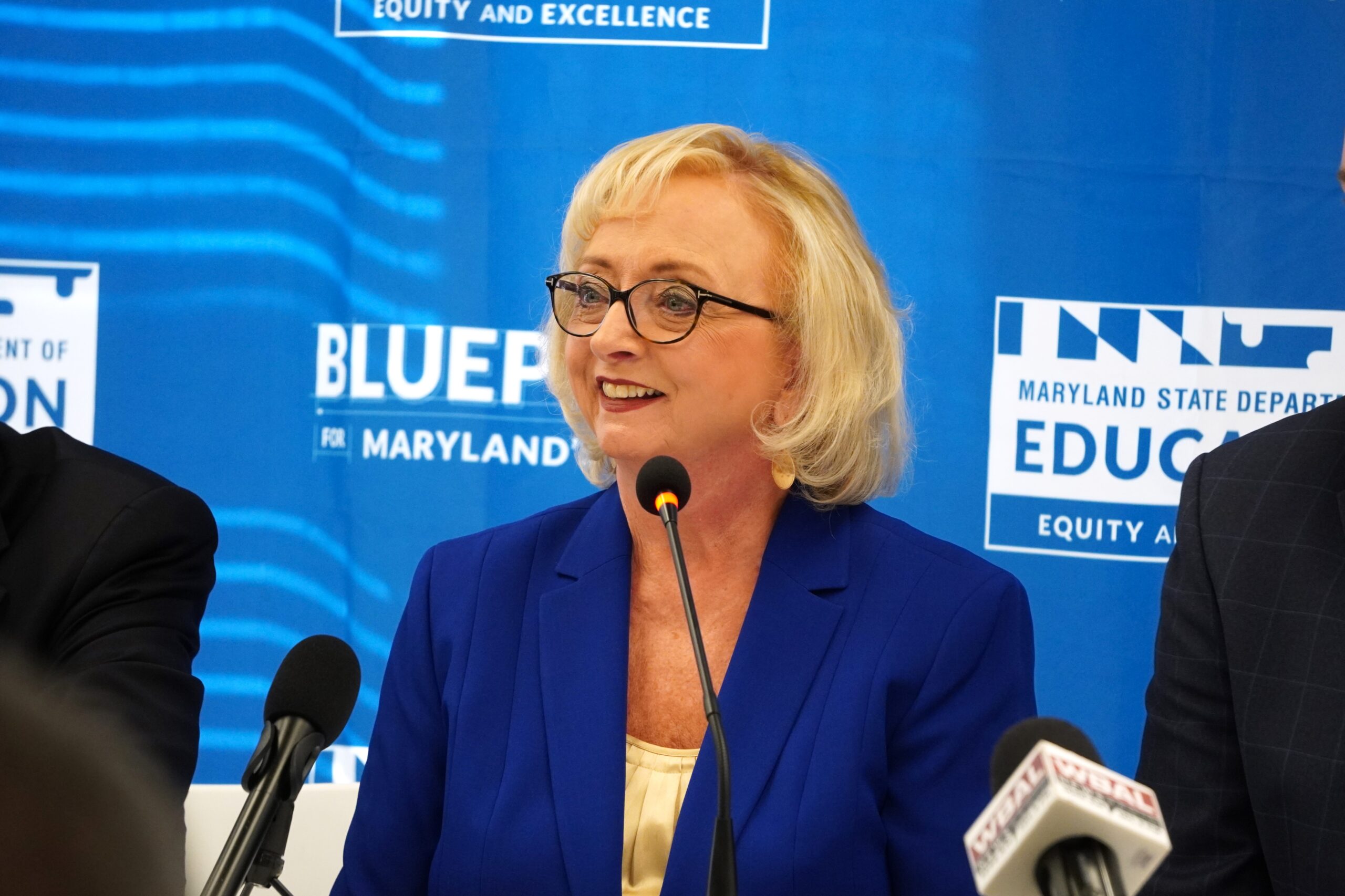Opinion: Lessons Learned From a Gubernatorial Straw Poll With Ranked-Choice Voting

By Larry Ottinger and Michelle Whittaker
Larry Ottinger is president of Our Maryland, the state’s largest online platform for promoting a just and sustainable future. Michelle Whittaker is the statewide coordinator of RCV Maryland, a grass-roots coalition promoting ranked choice voting in the state.
Our Maryland, RCV Maryland and FairVote recently co-sponsored an online straw poll of the candidates in the Maryland Democratic primary for governor. The straw poll was open to all Marylanders, with voting taking place from June 1 to 15. Ranked choice voting (RCV) was used to yield a majority — as opposed to plurality — winner and to allow voters to rank their favorite candidates without fear of playing a spoiler role.
We are now prepared to publicly report the results and lessons learned from the straw poll.
There were a total of 1,121 voters. By comparison, an earlier straw poll of Democratic Party officials and activists in Western Maryland comprised 335 voters.
Using RCV, which produces a majority winner by relying on voters’ second or third choices, Tom Perez won 51% to 49% for Wes Moore in the final round. However, Moore was leading with a plurality of the vote for several rounds. In RCV, you eliminate the candidate with the lowest votes and count their voters’ next choice until you arrive at a majority winner. In our straw poll, it took eight rounds through this process of elimination [see below for more detailed results].
John King and Comptroller Peter Franchot came in third and fourth, both initially at 12%, with King pulling ahead further based on voters’ second ranked choices.
Importantly, RCV incentivizes positive campaigns based on winning alliances between candidates and on becoming the second choice of voters favoring another candidate. The potential for such alliances given voter preferences can be seen in the straw poll even as this sample is too small to draw definitive conclusions.
For example, Perez picked up many of his additional votes as the second or third choice of Franchot supporters. Rushern Baker, who came in fifth overall in the straw poll, suspended his campaign just after the midway point. With speculation surrounding who he might endorse now, Baker voters in the straw poll used their second and third ranked choices to award their votes to the other candidates as follows: 38% to Perez, 32% to Moore, 18% to King and 8% to Franchot.
During the spring, Our Maryland conducted and shared with its more than 50,000 followers and the public podcast interviews with all of the Democratic gubernatorial candidates asking each about their vision for the state, strategy for winning and views on issues like housing protections, paid family and medical leave, abortion care access, democracy and tax fairness. Our Maryland then partnered with RCV Maryland and FairVote, leading nonprofits promoting ranked choice voting, to conduct this straw poll.
For Our Maryland, one of the main lessons reinforced by this straw poll is that under Maryland’s current election system the July 19 primary likely will be won by a candidate with far less than a majority of total votes and with different constituencies splitting their among the candidates.
For example a recent (and the reportedly only) public survey poll of 562 likely Democratic primary voters by Baltimore Sun Media and University of Baltimore found Franchot as the “frontrunner” with just 20% of the total vote! The top three candidates in our RCV straw poll, Perez, Moore and King — all more liberal on economic issues and candidates of color — could be splitting their votes among likeminded voters while Franchot wins with a plurality of the vote. Indeed, Franchot noted in his podcast interview that this was a dynamic that would favor him.
All of the sponsoring organizations support RCV because it would largely avoid this problem with the current plurality winner system. Voters could vote for their favorite candidate without fear of playing a spoiler. They wouldn’t have to try to calculate where their vote might matter most based on one public survey poll in a fast-changing race. And candidates would not have to consider whether to suspend or drop out of a race and endorse another candidate, as Rushern Baker is doing — very rare thing for a politician to do.
Regardless of political party or ideology, ranked choice voting gives voters a greater choice and a stronger voice in representation. The candidate who reflects the views of the widest number of voters wins. Even in crowded fields as here, similar candidates can compete without splitting votes and worrying about the “spoiler effect.” The effort to use RCV in Maryland is moving forward. For example, Montgomery County and Baltimore City have introduced enabling legislation in the Maryland General Assembly to use RCV in their jurisdictions.
The recent public survey poll presents an important challenge with its finding that almost one-third of likely Democratic voters are still undecided. Our Maryland’s podcast interviews provide an opportunity to meet each of the candidates and understand their vision, character, leadership skills and views on critical issues facing Marylanders. Our democracy depends upon an informed and engaged public. It is up to Marylanders to choose our governor for the next four to eight years — and importantly as well decide on other state and local officials to represent us.
Editor’s note: In the first round of straw poll voting: Wes Moore got 362 votes, followed by Tom Perez (352), John King (134), Peter Franchot (131), Rushern Baker (65), Doug Gansler (30), Ashwani Jain (25), Jerome Segal (13), Jon Baron (8) and Ralph Jaffe (2).
In the fourth round, the results were Moore 364, Perez 355, King 139, Franchot 132, Baker 65, Jain 31, Gansler 31.
In Round 5, it was Moore 370, Perez 369, King 155, Franchot 141, Baker 77. In Round 6, it was Perez 394, Moore 391, King 167, Franchot 149.
In the seventh round, it was Perez 447, Moore 429, King 188. In the final round, it was Perez 522, Moore 498.




 Creative Commons Attribution
Creative Commons Attribution